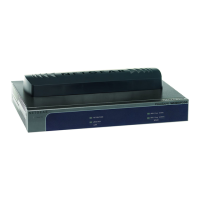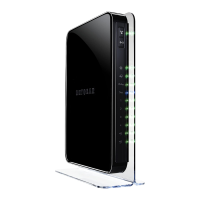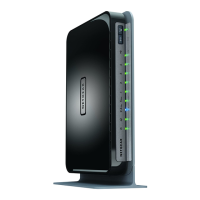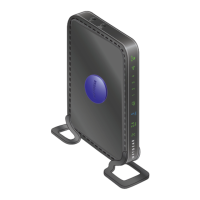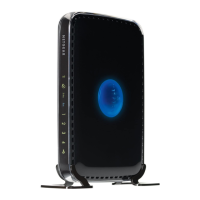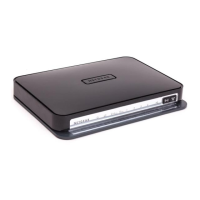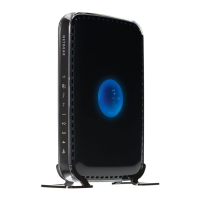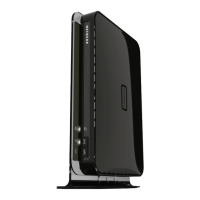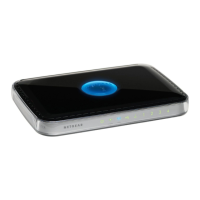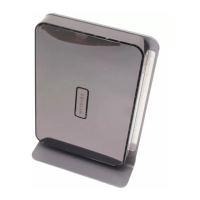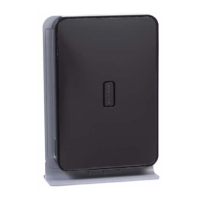Do you have a question about the NETGEAR WNDAP360 and is the answer not in the manual?
| VLAN support | Yes |
|---|---|
| Frequency band | 2.4 - 5 GHz |
| Number of users | 50 user(s) |
| Cabling technology | 10/100/1000BASE-T(X) |
| Ethernet LAN data rates | 10, 100, 1000 Mbit/s |
| Maximum data transfer rate | 1000 Mbit/s |
| Antenna connector type | SMA |
| Antenna gain level (max) | 5 dBi |
| Weight (imperial) | 1.93 lbs |
| Networking features | Gigabit Ethernet |
| Compliance industry standards | IEEE 802.11a, IEEE 802.11g, IEEE 802.11n, IEEE 802.3af, IEEE802.1x |
| WAN connection | Ethernet (RJ-45) |
| Ethernet LAN (RJ-45) ports | 1 |
| Security algorithms | 64-bit WEP, 128-bit WEP, EAP, EAP-TLS, EAP-TTLS, PEAP, SSH, SSL/TLS, TTLS, WEP, WPA, WPA2 |
| Power requirements | 12 VDC, 1A |
| Power consumption (typical) | 10.51 W |
| Minimum system requirements | Internet Explorer 6.0, Mozilla Firefox 1.5 |
| Compatible operating systems | - Windows Vista, XP, 2000, 98, Me - Mac OS - UNIX - Linux |
| Internal | No |
| LED indicators | LAN |
| Cable lock slot type | Kensington |
| Height | 54.76 mm |
|---|---|
| Weight | 878 g |
| Dimensions (WxDxH) | 253.75 x 253.76 x 54.76 mm |
Provides an overview of the NETGEAR ProSafe Dual Band Wireless-N Access Point WNDAP360.
Outlines the necessary hardware and software requirements for installing the wireless access point.
Details the key features and supported standards of the wireless access point.
Describes the physical components and LEDs of the wireless access point.
Details the LEDs and their functions on the top panel of the access point.
Describes the ports and connectors on the rear panel of the access point.
Lists prerequisites and initial considerations before setting up the access point.
Provides guidance on optimal placement of the wireless access point for best performance.
Guides on the initial installation and configuration process of the access point.
Step-by-step instructions for physically connecting the access point to a computer.
Explains how to access the web management interface of the access point.
Covers setting the access point name, country, and time zone for basic operation.
Details configuring IP addresses and the built-in DHCP server for network clients.
Guides on setting up essential wireless parameters like SSID and channel.
Provides instructions for physically mounting the access point in different locations.
Discusses various methods to secure wireless data transmissions and protect the network.
Explains how to create and manage security profiles for different SSIDs and radios.
Details WPA data encryption using Temporal Key Integrity Protocol (TKIP).
Details WPA2 data encryption using Advanced Encryption Standard (AES).
Guides on setting up and enabling wireless security profiles for the access point.
Explains how to allow only specific devices to connect based on MAC addresses.
Provides instructions for scheduling the wireless radio to be turned on or off.
Explains how to enable remote access for managing the access point.
Details how to configure SNMP for network monitoring and management.
Covers secure and insecure remote command-line access methods.
Provides instructions for updating the access point's firmware.
Describes how to back up, restore, or reset the access point's configuration.
Explains how to reset the access point to its original factory default settings.
Guides on how to change the default administrator password for security.
Introduces monitoring features like system info, stations, logs, and statistics.
Details how to detect and manage unauthorized access points.
Guides on configuring STP for traffic optimization and VLANs for network segmentation.
Details how to configure the access point for public access with HTTP redirection.
Provides advanced tuning options for wireless performance and settings.
Explains how to configure Quality of Service settings for traffic prioritization.
Guides on setting up different wireless bridging modes like point-to-point and point-to-multipoint.
Covers initial checks for power and basic operational status of the access point.
Addresses configuration problems preventing internet or LAN access.
Guides on resolving issues when the access point's web interface is inaccessible.
Troubleshooting steps for time-out errors when accessing network resources.
Explains how to use the ping utility for network diagnostics.
Troubleshooting incorrect date and time settings on the access point.
Provides detailed technical specifications for the wireless access point.
Lists the default configuration settings of the access point.
